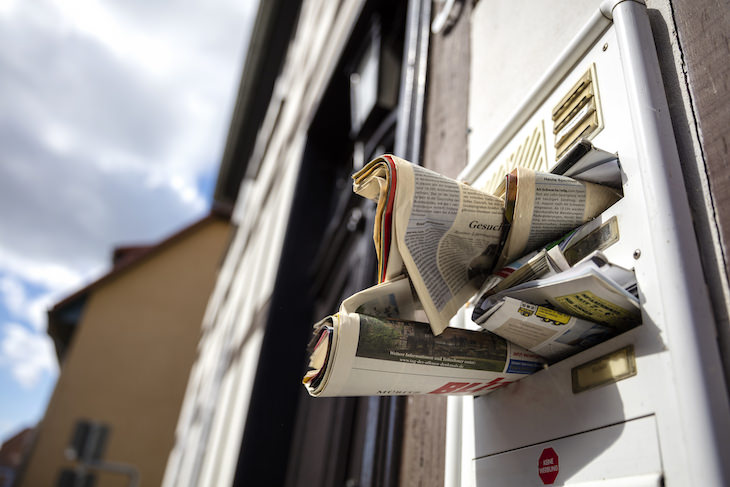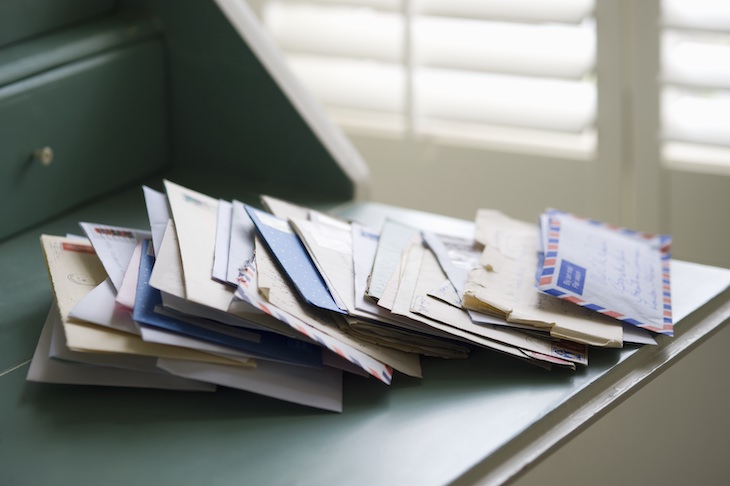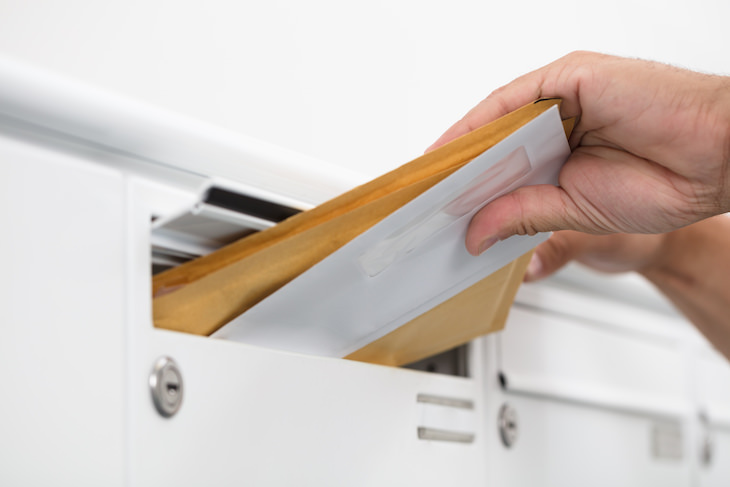
The reason junk mail still exists is that the companies sending it apparently get enough responses to justify their excessive mailings. It may seem like a comparatively small nuisance, but junk mail carries a few problems that should be addressed. Firstly, there is the obvious issue that sorting, reading, and recycling junk mail takes up precious time. According to EcoCycle.org, you could spend up to eight months of your life dealing with junk mail!
Moreover, junk mail exposes your private information by sharing your name, address, and purchasing habits with marketers around the country. One of the most popular unsolicited pieces of mail are credit card offers, and if found in the wrong hands, they could put you at risk of identity theft.
Related: How You Can Avoid Hackers Using Phishing Emails On You

The companies responsible for sending you all that junk mail use public records, phone directories, club memberships, credit applications, and even the USPS itself to get hold of your address. If the proper postage is affixed and the address is correct, the USPS is legally required to sliver those letters. However, you have some legal rights to stop all that from happening. Here's how:
Related: 8 Steps to Protect Your Privacy Online

Direct Mail, one of the largest providers of consumer information to direct marketers, has a free opt-out service available online. When applying for it you will be asked to complete the “National Do Not Mail List”, in which you can indicate if there are any types of mailings you would like to receive from the list provided. Direct Mail will then contact you every six months via email so you can review and update your preferences.
According to NYU School of Law, Direct Mail cannot guarantee your name will be removed from every mailing list on which it appears.

When you order something from a catalog, your name and address are likely saved in the archives of Abacus, an alliance of catalog and publishing companies. You can contact Abacus and request for your information to be removed from their lists - they can be reached via their website, or via e-mail: [email protected].
In addition, there is a free service called Catalog Choice, which allows you to cancel specific catalogs, and other types of paper mail, you no longer wish to receive. To find out if a certain catalog can be opted out through the website, simply search its name.

Donating money to worthy causes is important, and we are not here to tell you to stop doing so. However, sometimes when you make a donation you supply the organization with your name and address, this opens the door for many written requests for additional donations.
The American Institute on Philanthropy suggests the following tips if you’d like to avoid that:
Share this important information with friends and family